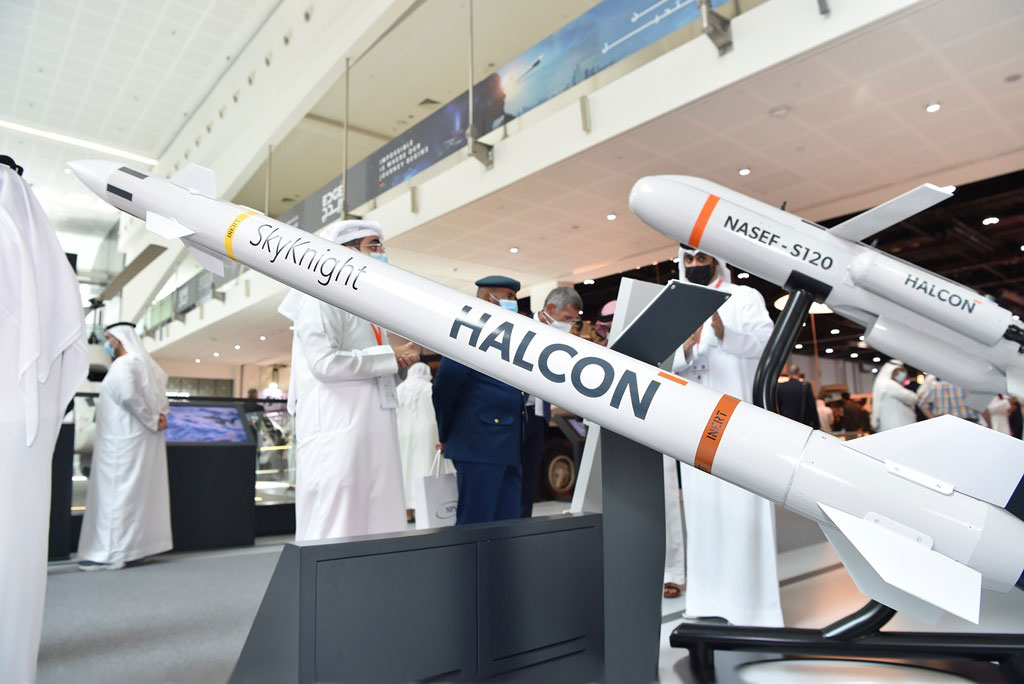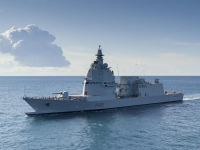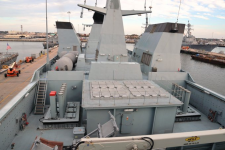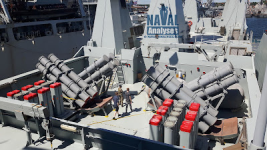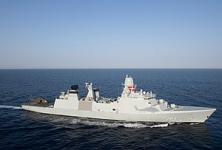So your statement seemed odd to me, so I actually went and asked a Nav Arc design engineer. Bottom line was apparently reducing the Center of Gravity is never a bad thing and generally weight is weight along as it sits in the same position / and closed cells would actually be easier to account for than the random aspects of equipment or personnel in the MMB.
It would not a simply cutting a capability, but your making a trade off to lose one aspect but enhance another. I’m not suggesting that be done for all of the CSC, but it does seem to potentially be a decent option for a small portion of them. Again if your intent is to fit into a NATO flotilla, you probably don’t need all the missiles, but if you are sending off 2-3 ships to do something RCN only, maybe having extra missiles available on one of those isn’t a bad idea.
@Kirkhill apparently firing missiles from the MMB’s isn’t a good idea, at least without some additional effort put into air exchangers, and flash mitigation. I asked about that and was told that open air options are the only significantly viable method of launch without a purpose built space (which goes back to my previous comment about deleting the MMB for some of those to make room for VLS cells).

